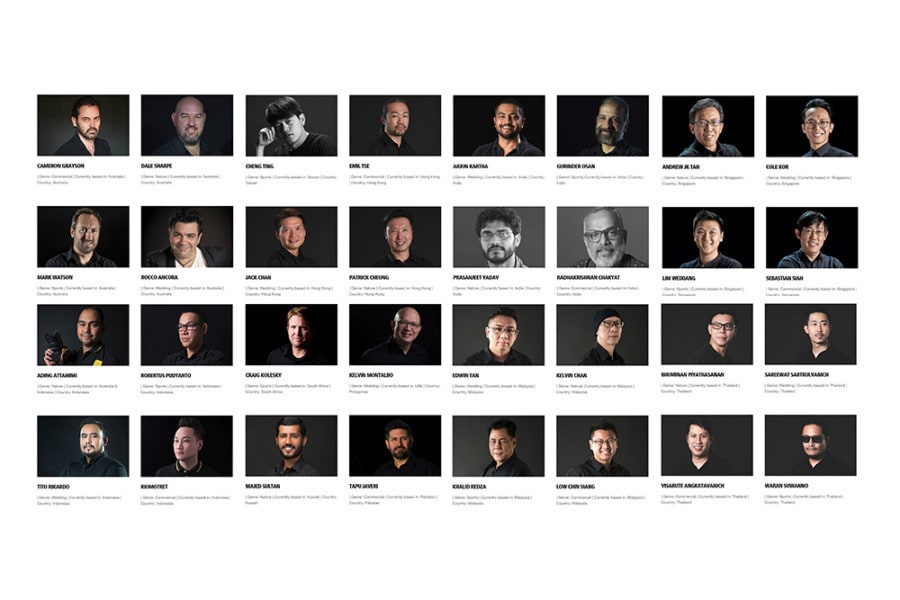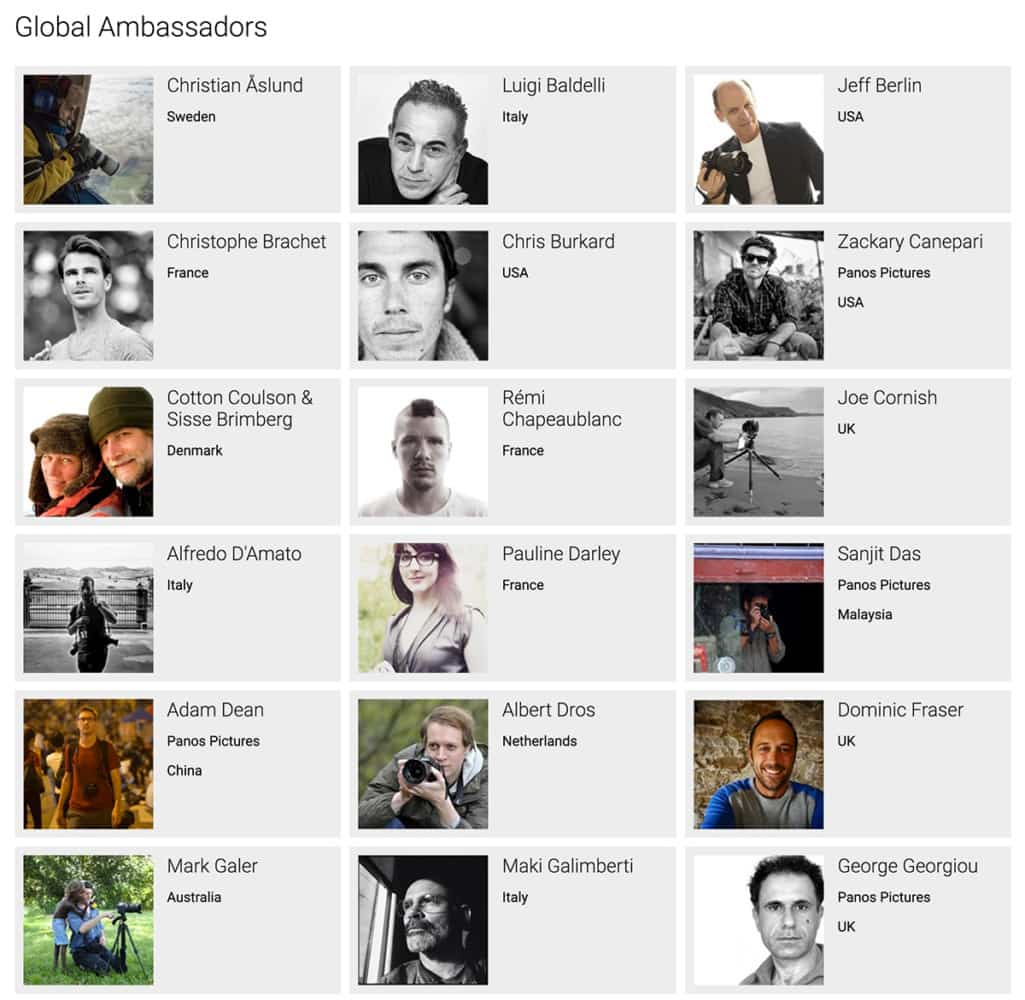Share
The Gender of a Photographer is Irrelevant (Until You Make Them the Face of Your Company)
The launch of the Nikon D850 in the company’s 100th anniversary year has brought almost universal praise for its technology, leading to months-lo...

The launch of the Nikon D850 in the company’s 100th anniversary year has brought almost universal praise for its technology, leading to months-long waitlists. But the din of outrage permeated social media as Jason Vinson asked “Is the Nikon D850 for Men Only?” referring to a team of 32 professional photographers assembled to promote the camera – all of them men (Nikon’s USA Ambassador program has 7 women out of 24 total photographers).

A selection of Nikon USA’s Ambassadors
While many commentators expressed disappointment in Nikon and the other major camera companies for continuing to maintain ambassador programs that have skewed mostly white and male, some stated that the gender (and skin color) of the photographer was irrelevant. They argued that a consumer doesn’t know the gender or race of a photographer when looking at a photo.
And this is true.
But when you plaster a grid of dozens of photographers as ambassadors for your brand, their gender and color does matter. A marketing department is making a choice, conscious or not, to represent their brand in a specific way. The ambassador programs of most camera brands simply doesn’t represent the demographics of people taking pictures nowadays (e.g. everyone).

A sampling of Fujifilm’s X-Photographers
There are countless stories of people in multiple industries finding inspiration in someone who looked like them. Brent Lewis told the Lens blog that after seeing a black photographer (he speculates that it could have been Pulitzer Prize winner John White) at a parade in Chicago, his life was changed. “First off it’s amazing he got paid to take pictures for a living, and second, he looks like me. That was a wake-up moment, I wanted to make pictures that matter for the rest of my life.”
As I wrote back in 2013, “If you don’t buy the admittedly liberal idea that diversity is important, then perhaps you will agree that the marketing opportunity is tangible and real.”

A sampling of Sony’s Global Imaging Ambassadors
And if at least some portion of photography is concerned with the telling of authentic stories, then you need authentic voices to avoid traps like the imperialist gaze, male gaze, or perpetuation of stereotypes.
The photography industry is small, and the cultivation of relationships is important. Many of the ambassadors have had long, storied careers. They’ve established their excellence over decades, and it would be an awkward and unenviable conversation to terminate a relationship to make way for someone different.
But look on the streets of almost any city around the world. You’ll see Chinese girls lugging heavy DSLRs to get the perfect frame. You’ll see young black men taking some of the most eye popping city images. And you’ll see older white men doing the same. Great photography is being created by people of all ages, races and genders. It’s time for the ambassador programs to accurately represent this fact.


